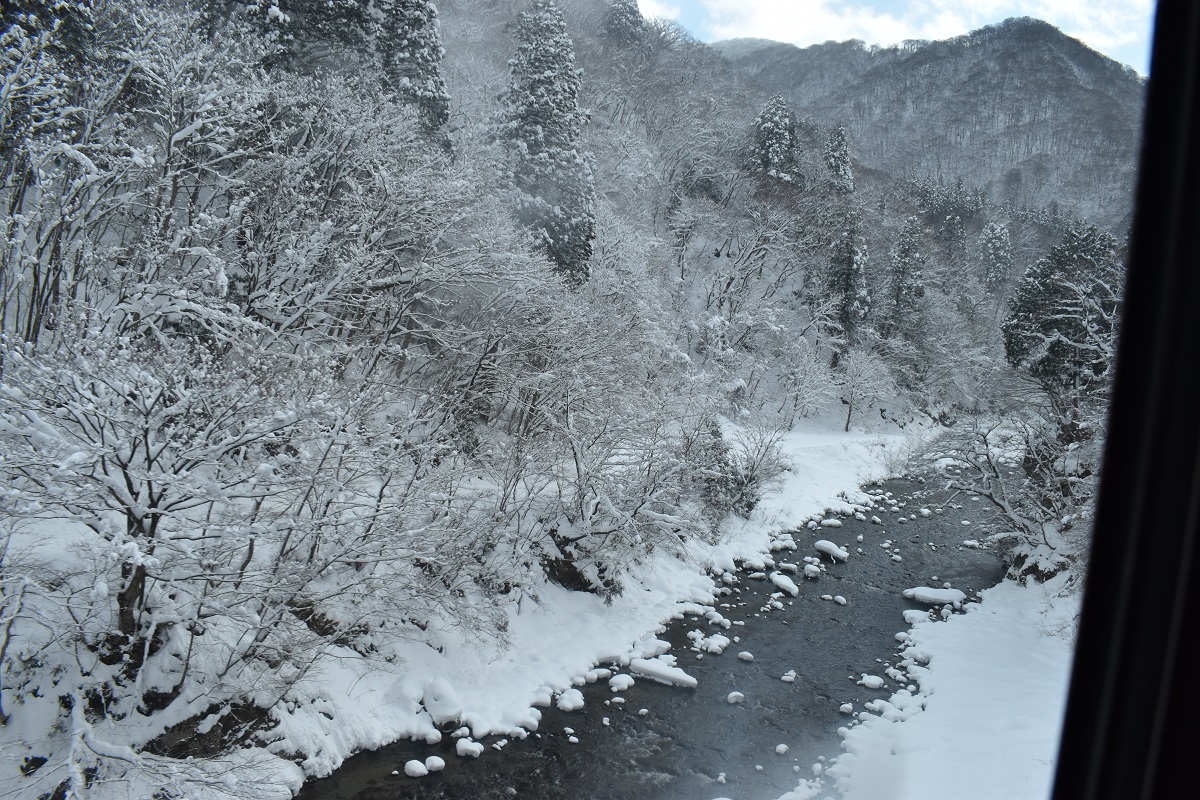Kushima, which includes Cape Toi, was an enclave of the Takanabe clan (Akizuki family) in central Miyazaki Prefecture, serving as a buffer zone between the Satsuma clan (Shimadzu family) and Obi clan (Ito family), who had a grudge against each other during Edo period. Even now, locals don’t seem to think of the Akizuki family very well, as they were one of the families who betrayed their allies in the Battle of Sekigahara, so the guide explained this part in hushed tones.
Since ancient times, this area has been breeding horses and supplying them to various regions as warhorses and agricultural horses to earn foreign currency. After the Meiji Restoration, they have been protected in a wild state without human intervention. The only things humans do are maintain water fountains and fences, burn the fields (apparently horses can’t chew if the grass is long), and conduct annual health checks and check on the number of horses. Horses used to have numbers branded on their legs, but now using a method called frostbite branding, only white hair grows over the numbers. I was very convinced when I heard that once the pigment is gone, only gray hair will grow again, similar to how we only grow gray hair as we get older.
Breeding is managed by leaving it to nature, so even if many foals are born in the spring (it is called “harukoma”), only a few born in early spring when the season is good will survive. It is said that foals born during the rainy season will die if their mothers do not protect them from the rain because their body temperature will drop due to the rain. In order to preserve their wild state, humans do not dare to help them with their fate.
In addition, young stallions make up a harem, and drinking water among them is determined by seniority. The question arises as to what happens to other stallions, but it makes sense that stallions only come into heat at a certain age, while females come into heat at any age. In other words, a stallion that is no longer in heat will leave the harem and form a herd with young stallions that are not in heat. It is said that when young stallions are in heat, they will approach females even as old as their mothers and leave the male herd.
When horses stand still, they are either paying attention to their surroundings or are sleeping. Therefore, it is dangerous to approach them at times like this. When they get excited, they kick or run, but they usually spend most of their time either eating grass, or pressing their necks against the fence to scratch themselves because the insects around their necks are itchy. Unlike cows, which eat the same grass, horses only have one stomach, so they defecate every two hours to keep their bodies from getting too heavy so that they can run when they sense danger. Therefore, there is feces all over the meadow, but it doesn’t really smell because it hasn’t fermented in the intestines, and many people step on it without even realizing it. We often see pictures of horses raising their heads and running, but this is not a normal situation for a horse, but an emergency situation for the horse.
All of the above is based on the guide’s explanation. As I asked for a guide and observed the horses, I realized that there was so much I didn’t know. Instead of just staring at the horses and taking close-up photos of just the two of you and a horse without worrying about the risks, please ask for a guide.
Typical of regular horse-related tourism
Yabusame in Tono City and horseback hockey in Hachinohe City show the close relationship between horses and people. On the other hand, the wild horses of Cape Toi can be observed in their completely natural state, offering new discoveries never seen before in tourism.













































